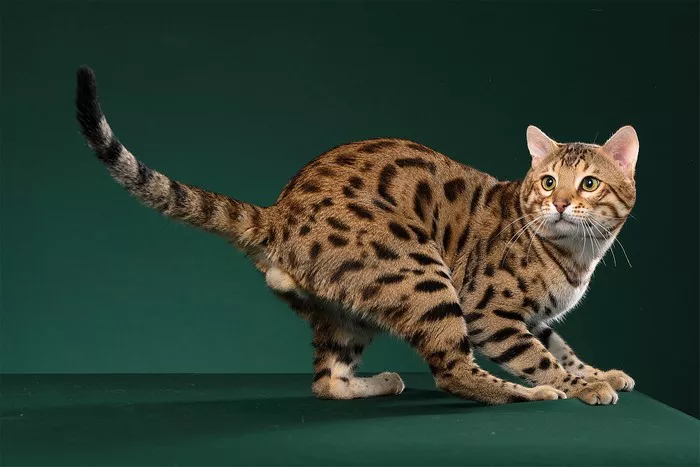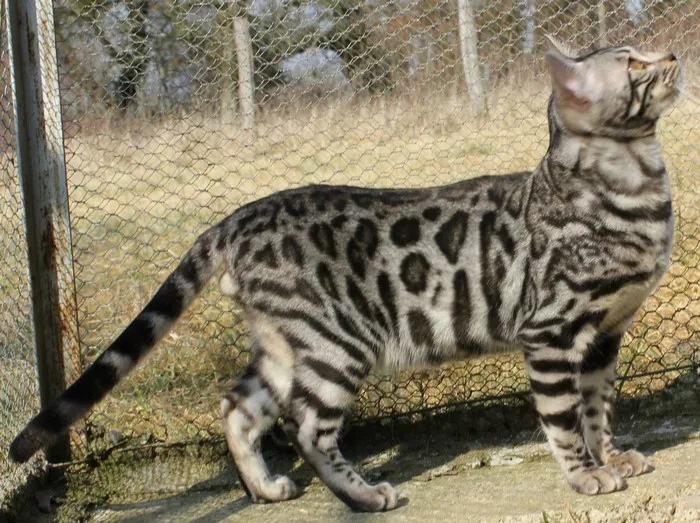Bengal cats are one of the most popular cat breeds in the world. Known for their stunning coats and playful personalities, these felines have captured the hearts of many pet owners. If you’re considering adopting a Bengal cat, it’s important to know how long they typically live and what factors can impact their lifespan.
Lifespan of Bengal Cats
On average, Bengal cats live between 12-16 years. However, some Bengal cats have been known to live much longer, with some even reaching the age of 20. The lifespan of any cat depends on several factors including genetics, diet, exercise, and overall health.
Genetics play a significant role in determining a Bengal cat’s lifespan. Some cats may be predisposed to certain genetic conditions that can shorten their lifespan. However, with proper care and attention, many of these conditions can be managed effectively, allowing your Bengal cat to live a long and healthy life.
Diet and Exercise
A Bengal cat’s diet also plays an important role in determining its lifespan. Feeding your cat a balanced diet that meets all of its nutritional requirements is crucial. A diet that is too high in calories can lead to obesity, which can increase the risk of various health problems such as diabetes, arthritis, and heart disease.
Additionally, providing your Bengal cat with regular exercise is essential for maintaining its overall health and wellbeing. Bengals are an active breed and require plenty of opportunities to run, jump, and play. This not only helps them maintain a healthy weight but also keeps their minds stimulated and prevents boredom.
Health Issues
Like all cat breeds, Bengal cats are prone to certain health issues. Some of the most common health problems that Bengal cats may develop include:
1.Hypertrophic Cardiomyopathy: This is a genetic heart condition that can cause thickening of the heart muscles, making it more difficult for the heart to pump blood effectively. Regular veterinary checkups can help catch this condition early on.
2.Progressive Retinal Atrophy: This is a degenerative eye disease that can lead to blindness in cats. Regular eye exams can help detect this condition early on.
3.Feline Infectious Peritonitis: This is a viral infection that can be fatal in cats. Vaccination and proper hygiene practices can help prevent the spread of this disease.
4.Kidney Disease: Bengal cats may also be prone to developing kidney disease, which can lead to kidney failure if left untreated. By feeding your cat a balanced diet and providing plenty of fresh water, you can help reduce the risk of developing this condition.
Regular veterinary checkups are essential for monitoring your Bengal cat’s health and catching any potential health issues early on. By staying on top of your cat’s healthcare needs, you can help ensure that it lives a long and healthy life.
Conclusion
Bengal cats are a beautiful and unique breed that make wonderful pets. With proper care and attention, these cats can live long and healthy lives. Providing your Bengal cat with a balanced diet, regular exercise, and routine veterinary care can help keep it healthy and happy for many years to come.

























